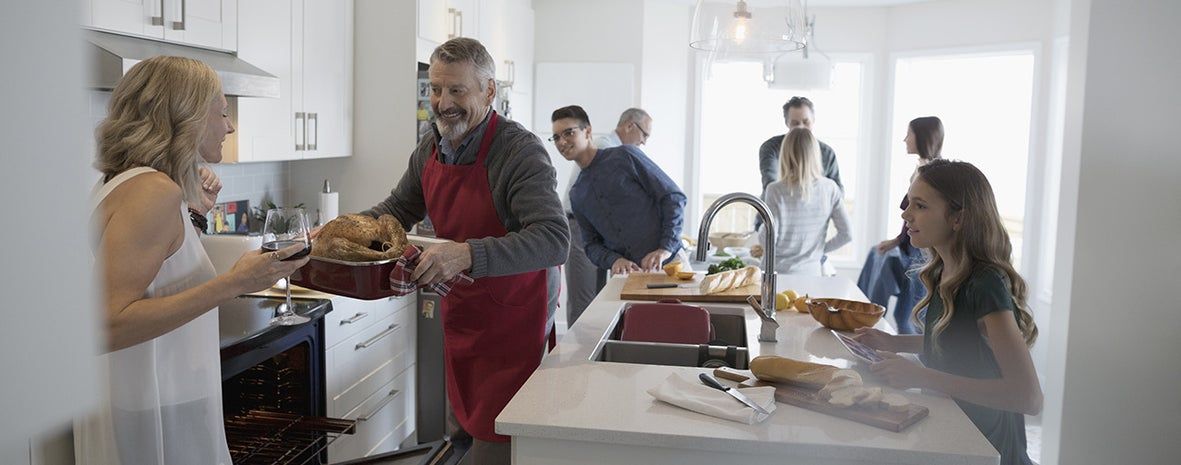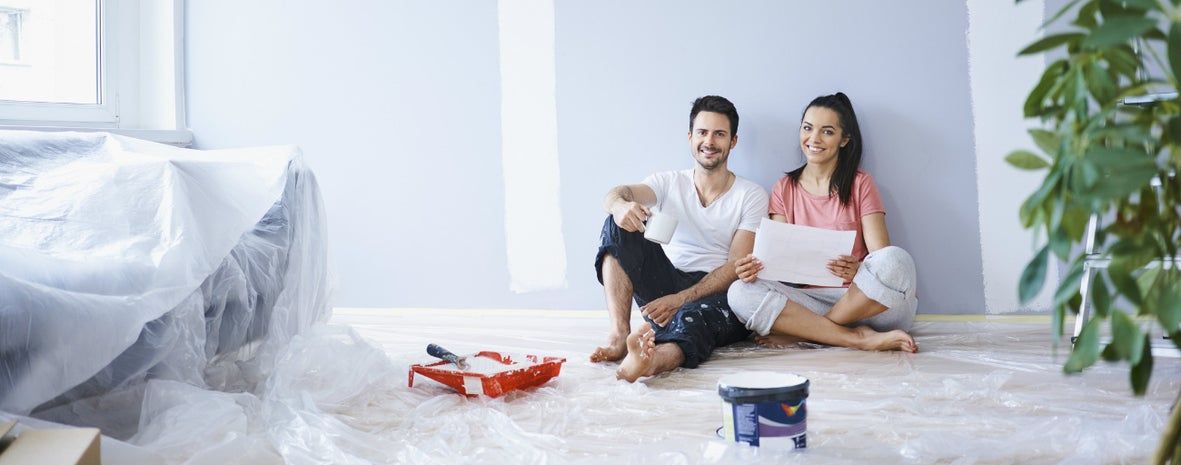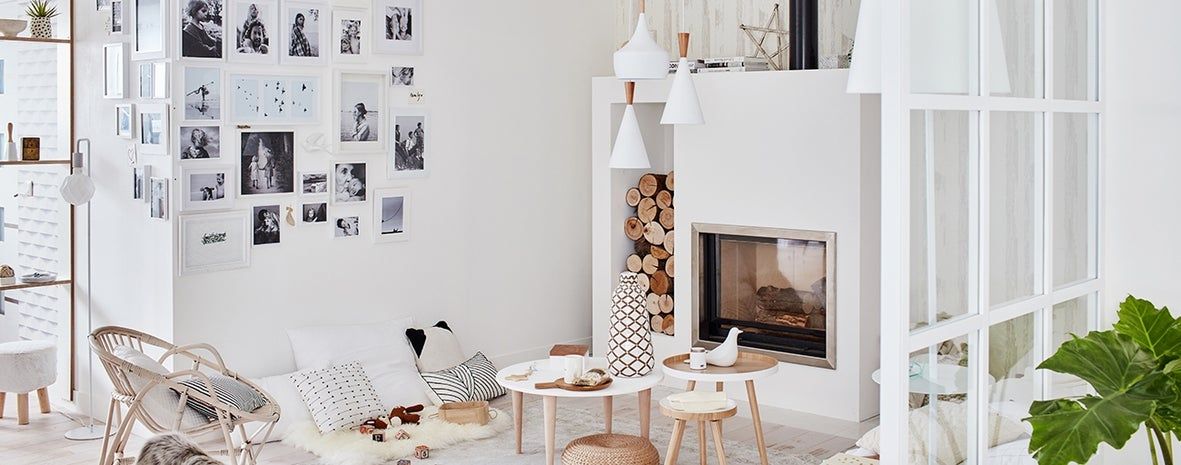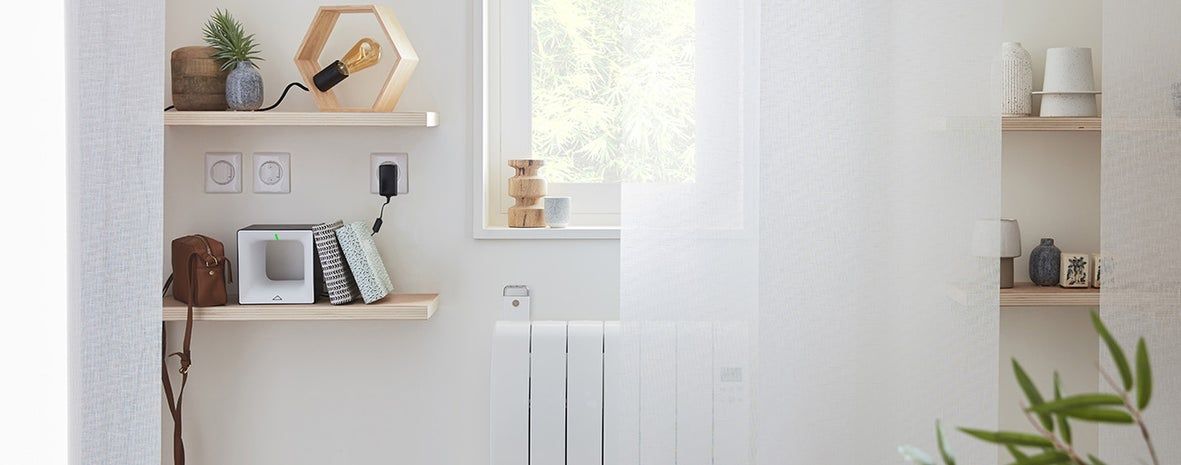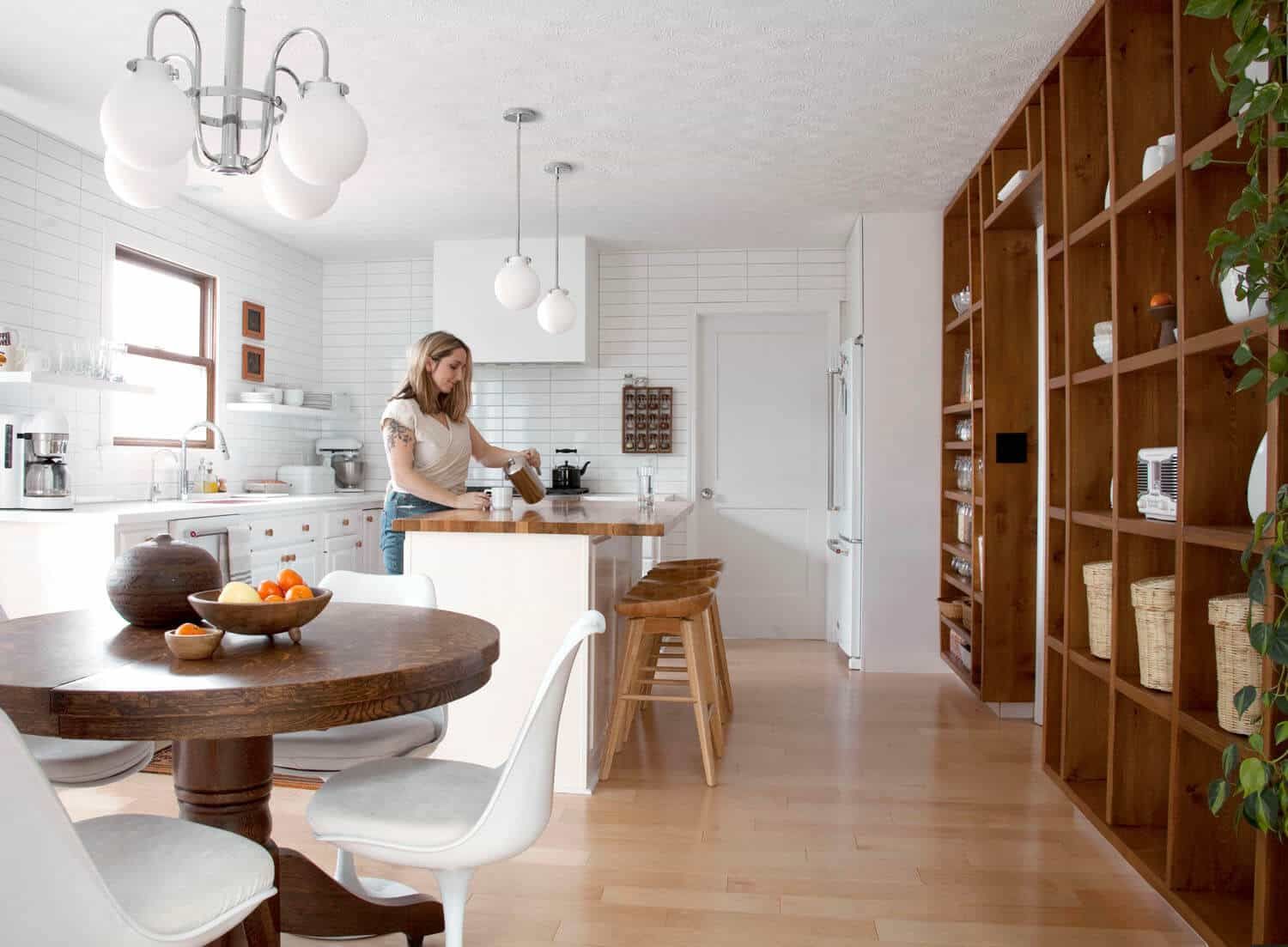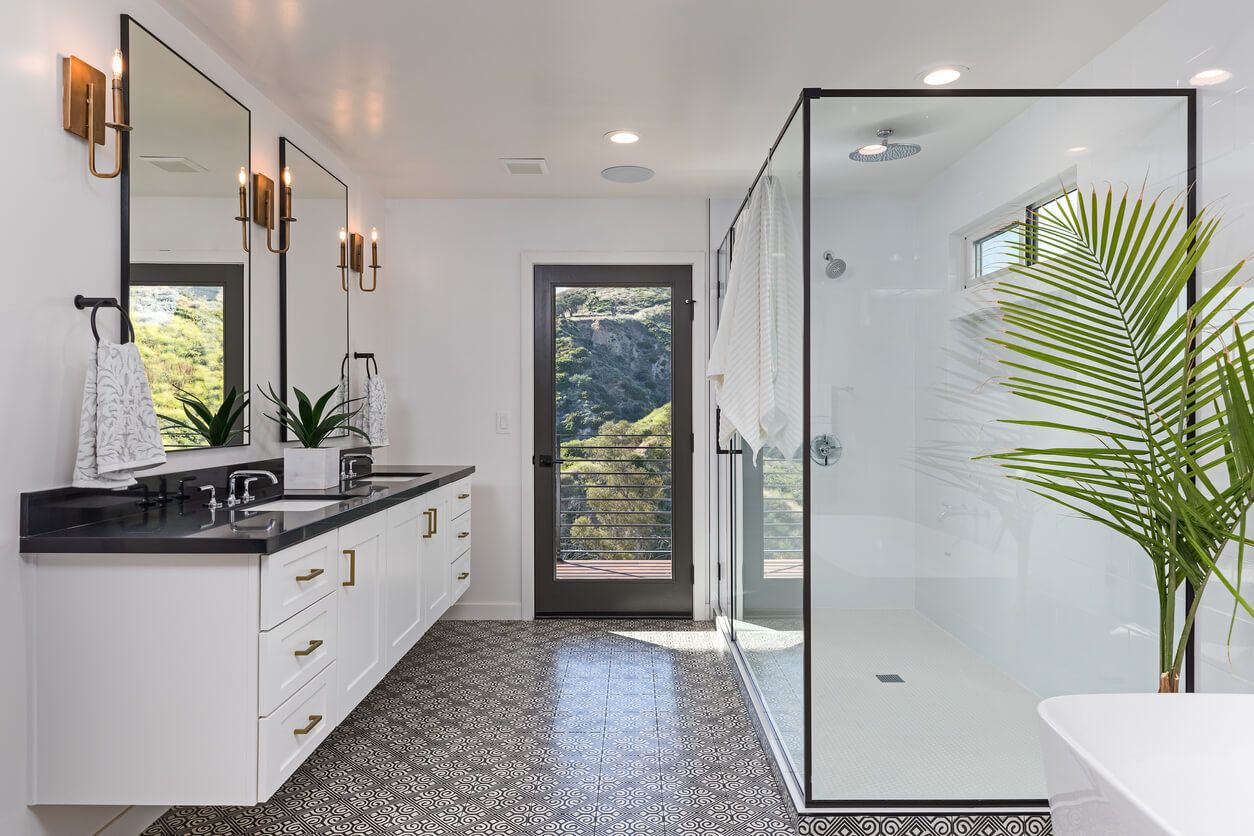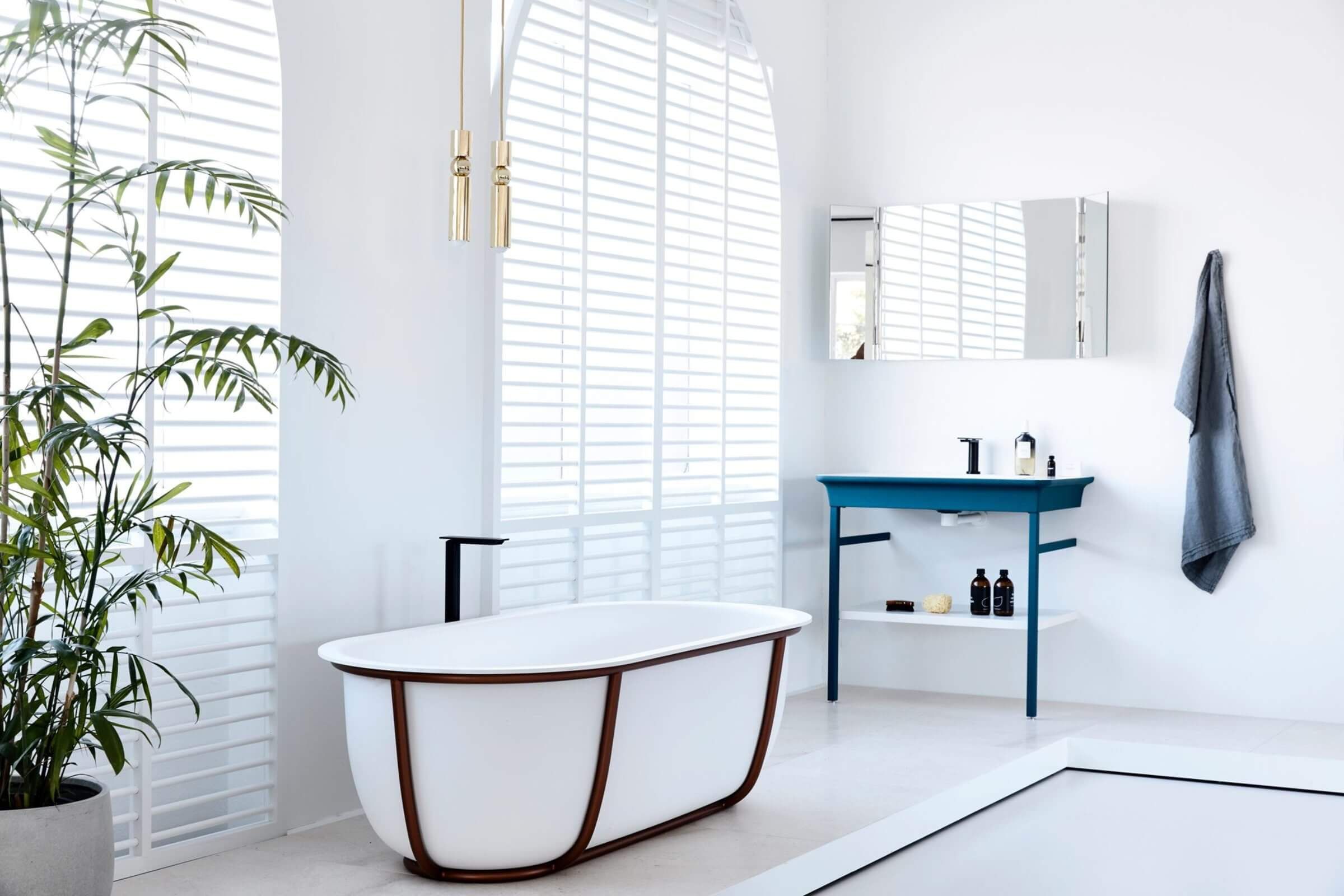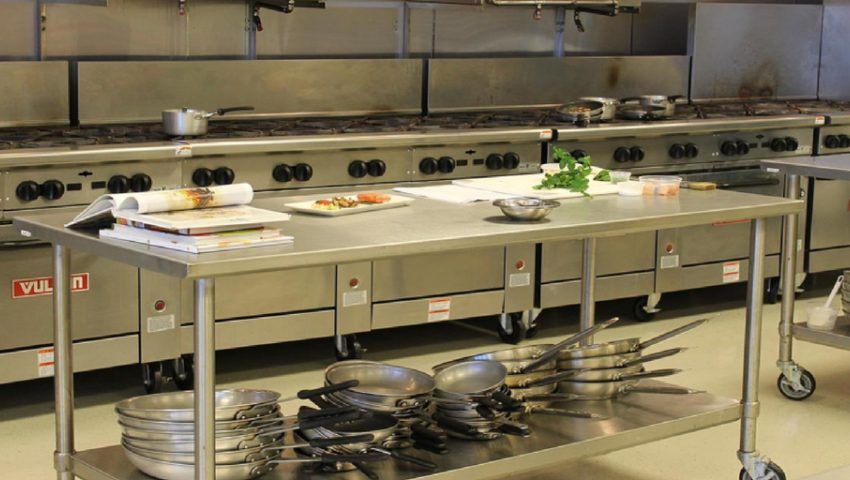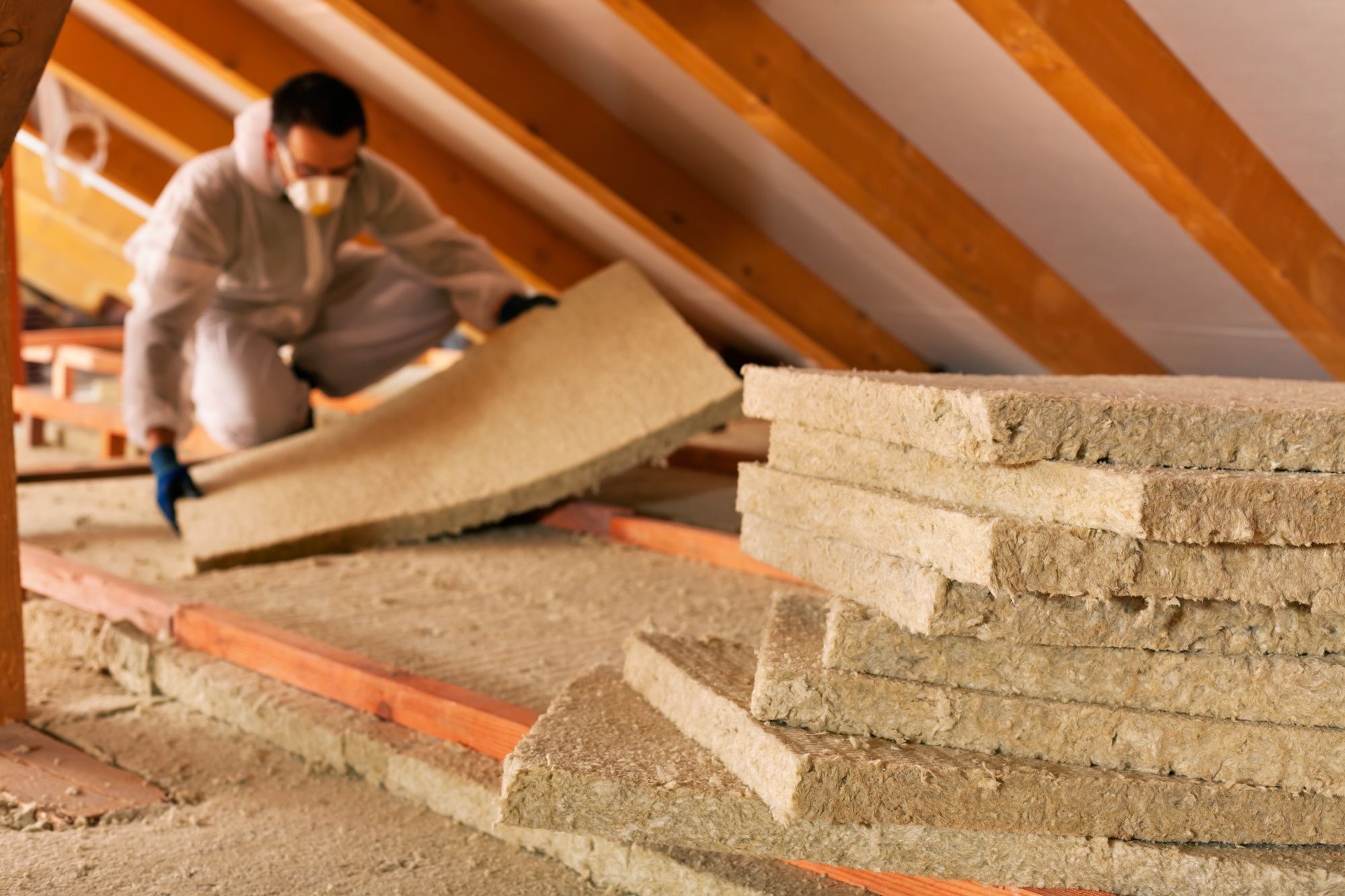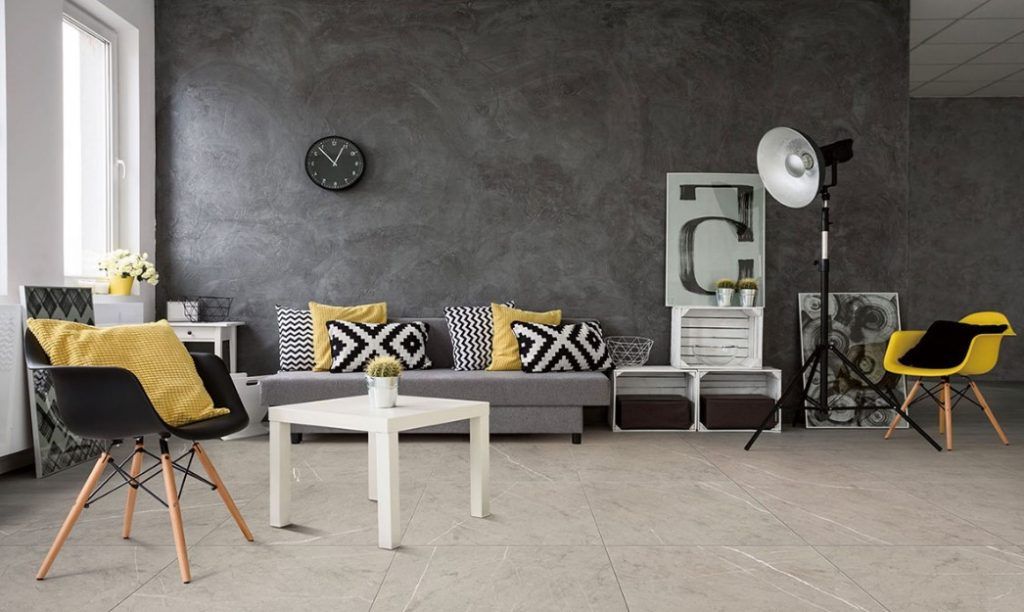7 Tips To Organize Your Kitchen Well
There are a thousand opportunities to invite family and friends to the house, whether it is around the holidays or on a birthday. To receive without spending hours putting the house in order, it is better to have a well-organized kitchen. How to prepare in the kitchen for the rush of the end of the year or a big weekend? Discover all our practical advice for organizing your kitchen.
Put Your Equipment In The Right Places In The Kitchen

When you cook little, you don’t really need a super organized kitchen. We manage.
But when it comes to preparing meals for 10, 15 or 20 people, it is better to avoid 100 steps and unnecessary gestures. No secret: we organize and optimize each gesture by placing the equipment where it is most useful.
- Near the sink: colanders and garbage cans.
- Near the cooking corner: pots, spices, condiments and seasonings, utensils (spatulas, spoons).
- Near the work surface: knives, cutting boards and any robots that you use often. If you use them only rarely, hop, direct in the closet. Better to leave the worktop free and easy to clean.
Prepare To Share The Kitchen

The Christmas spirit is also about being together in the kitchen to prepare good meals. If you are lucky enough to have loved ones to help you, it is better to prepare the kitchen to welcome them well.
- Free the soil from all that is lying around (packs of bottles, stocks of vegetables ) to facilitate circulation.
- Free up the worktops so you can cook with others. If you are lucky enough to have a central island, now is the time to make it the heart of the kitchen. Otherwise, you can also set up a table or even a board on high trestles to have a work surface that everyone will use.
- Make the item on your knives and cutting boards to have enough available.
Store Food

When you cook a lot over a few days, you have to store a lot of food. For an efficient organization, here are our tips before the rush:
- Make a session of decluttering foremost. Outdated or preserved cereals that have been in the cupboard for years deserve to go in the trash and free up space.
- For all current groceries, prefer storage in large deep drawers. Ideally, translucent boxes of the same format will be filled with food. So, at a glance, you can see the status of your stocks. If necessary, write the contents of the box using a water-erasable marker. This will prevent you from confusing salt and sugar in your crème brûlée recipe, for example!
- For fruits and vegetables, remember that only a minority needs to be stored in the refrigerator, especially in winter. For everyone else, crates or boxes stacked in the garage or in a closet will be perfect.
- For drinks, plan to store large quantities of wine, juice, and soda in the garage.
Make Room In The Fridge

When cooking a lot, the refrigerator should be organized in detail. Check daily the stock of drink that must be cool, just to have a bottle of juice or soda in advance.
In the vegetable bins, store only the peeled vegetables that you have washed and cut when returning from shopping: a peeled and washed salad in a plastic bag or tea towel, the carrots peeled in a Tupperware, the diced beets ready to be seasoned.
Everywhere else in the refrigerator, favor the storage of food in transparent plastic boxes of the same format (rectangular or square) to optimize filling.
Small conservation tip: peeled and cut vegetables can be kept in a jar filled with water in a cool place for 5 days! Opened sauce jars are best kept covered with a layer of olive oil.
Make Meal-Prep Or Batch-Cooking

Having half the meal already prepared is a great time-saver at mealtime. And it’s a relief when you get out of the blue. This idea is the basis of meal-prep (meal preparation sessions) or batch-cooking (batch cooking). The idea is simple: in 2 hours, you cook the basics that you only have to assemble and reheat the following days.
An example of winter batch-cooking? You prepare in 2 hours a pot of pumpkin soup, a leek pie, a stew, a chocolate cake.
You cook and store rice, green lentils, sautéed garlic mushrooms, and oven-roasted sweet potatoes. You peel and prepare (but not season) grated carrots, green salad, endives. You cook 2 delicious sauces such as a creamy cheese sauce and a Thai peanut sauce.
With batch-cooking, guests can disembark, you can compose a delicious meal without spending hours behind the stove: you only have to reheat and assemble It’s up to you to plan a session every 3 days during the period celebrations. If you have a freezer, you can also freeze good homemade dishes that you will only have to reheat on D-Day.
Organize The Service

Are you alone in the kitchen and want to both treat and enjoy your guests? It is not necessarily missioned impossible.
The key is to compose his menus by limiting the last minute preparation for one dish. If your main dish is game casserole launched in the morning and your dessert is a frozen log, you can easily prepare a starter served on a plate just before the meal.
During the meal, with each dish that you throw away, immediately fill the dishwasher or put the dishes directly to soak in the sink. You will save time at the end of the meal when you put the kitchen in order.
Optimizing The Ritual For The Trash
The trash or rather now the garbage since all kitchens incorporate the sorting must be ready to perform at the time of preparation of meals. For this, create rituals during the holidays when you receive them. Every morning, make sure that the trash cans are not yet full and if it is, go empty them so that the kitchen is ready for the shot.
Ditto obviously for recyclable packaging and especially glass, which quickly piles up at this time.
